The Nvidia GeForce RTX 5090 may reign supreme in the graphics card arena, but its hefty price tag of $1,999+ is a barrier for many gamers. Fortunately, achieving a stellar 4K gaming experience doesn't require breaking the bank. The Nvidia GeForce RTX 5070 Ti and AMD Radeon RX 9070 XT offer compelling alternatives that won't empty your wallet, providing robust performance for high-end gaming.
Current market prices are elevated due to high demand and limited supply following their launch. However, the RTX 5070 Ti and RX 9070 XT stand out as the top choices for those seeking a premium gaming experience without the exorbitant cost.
AMD Radeon RX 9070 XT – Photos

 4 Images
4 Images
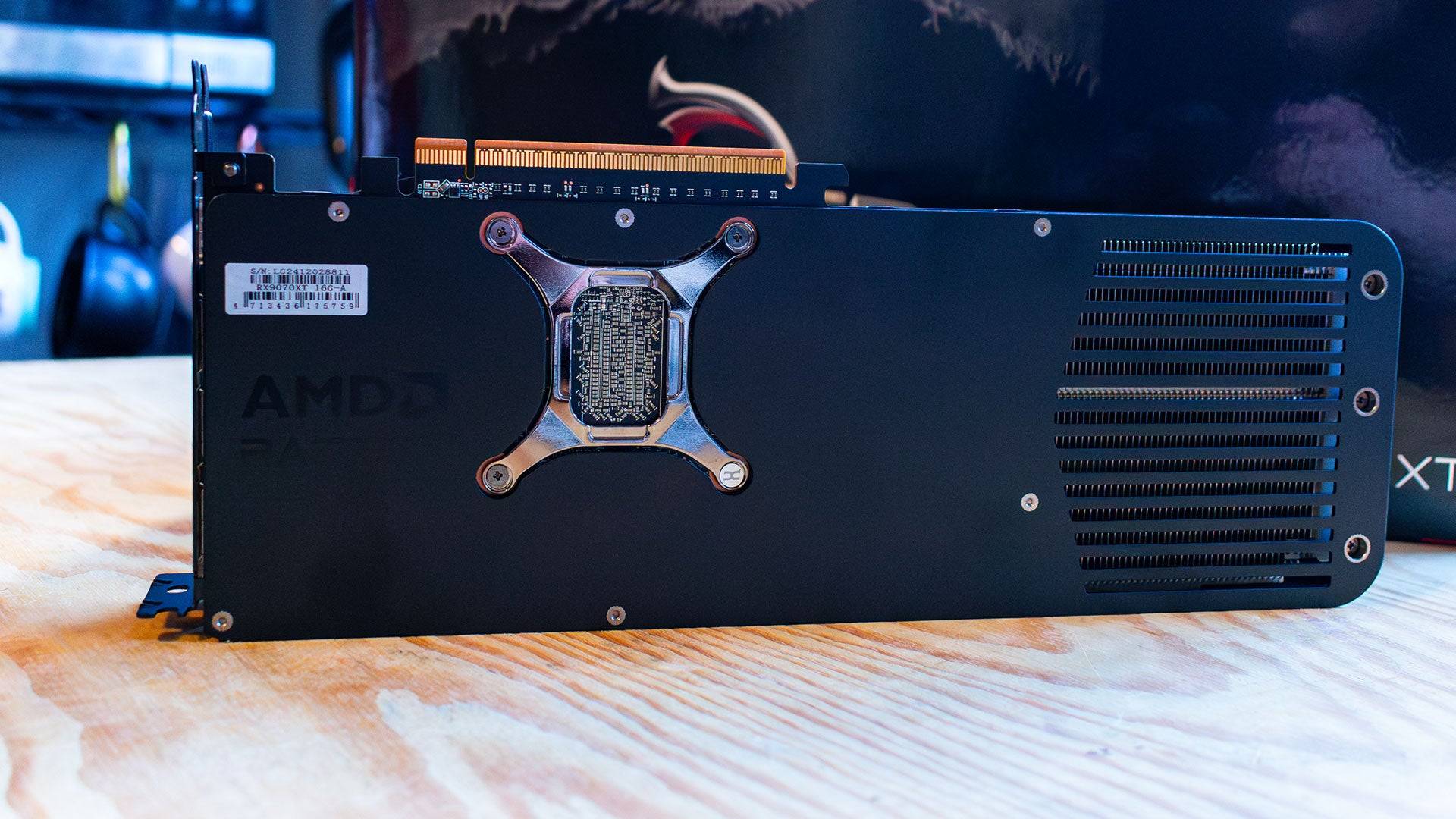 RTX 5070 Ti vs. RX 9070 XT: Specs
RTX 5070 Ti vs. RX 9070 XT: Specs
Comparing the specs of the Nvidia GeForce RTX 5070 Ti and AMD Radeon RX 9070 XT can be challenging due to their differing architectures. Nvidia's CUDA cores and AMD's Shading Units, while serving similar functions, are fundamentally different, making direct numerical comparisons less meaningful.
The AMD Radeon RX 9070 XT features 64 RDNA 4 compute units, each with 64 shader units, totaling 4,096. Each compute unit also includes two AI Accelerators and one RT Accelerator, resulting in 128 and 64, respectively. It is paired with 16GB of GDDR6 memory on a 256-bit bus, sufficient for today's games, though it may be tested in future 4K titles.
On the other hand, the Nvidia GeForce RTX 5070 Ti also boasts 16GB of VRAM but utilizes the newer GDDR7, which offers higher memory speeds and bandwidth on the same 256-bit bus. It contains 70 Streaming Multiprocessors, each with 8,960 CUDA Cores, showcasing Nvidia's advantage in shader unit density since the RTX 3080. However, this doesn't necessarily translate to double the performance.
Winner: Nvidia GeForce RTX 5070 Ti
AMD Radeon RX 9070 XT & 9070 – Benchmarks
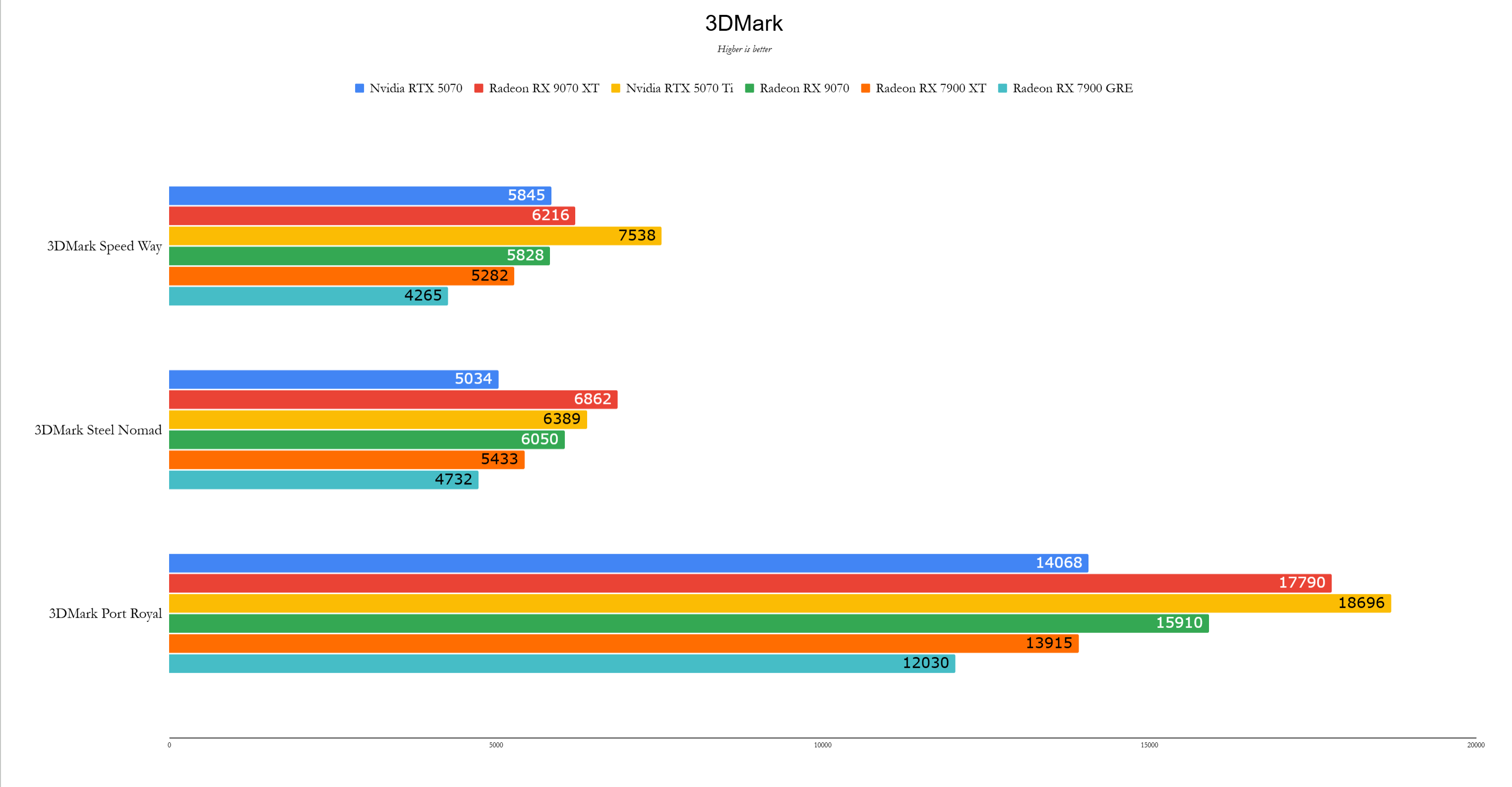
 11 Images
11 Images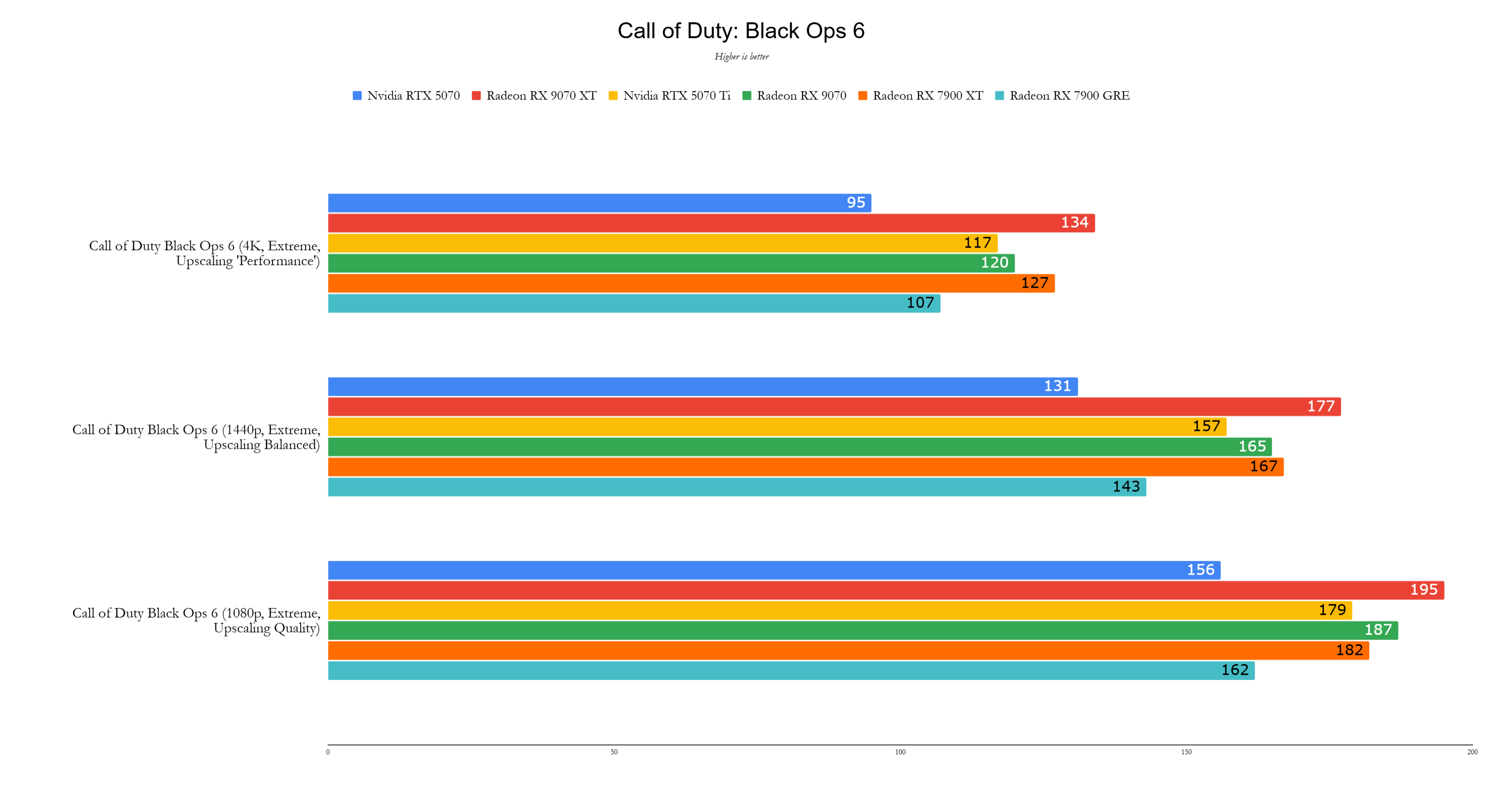

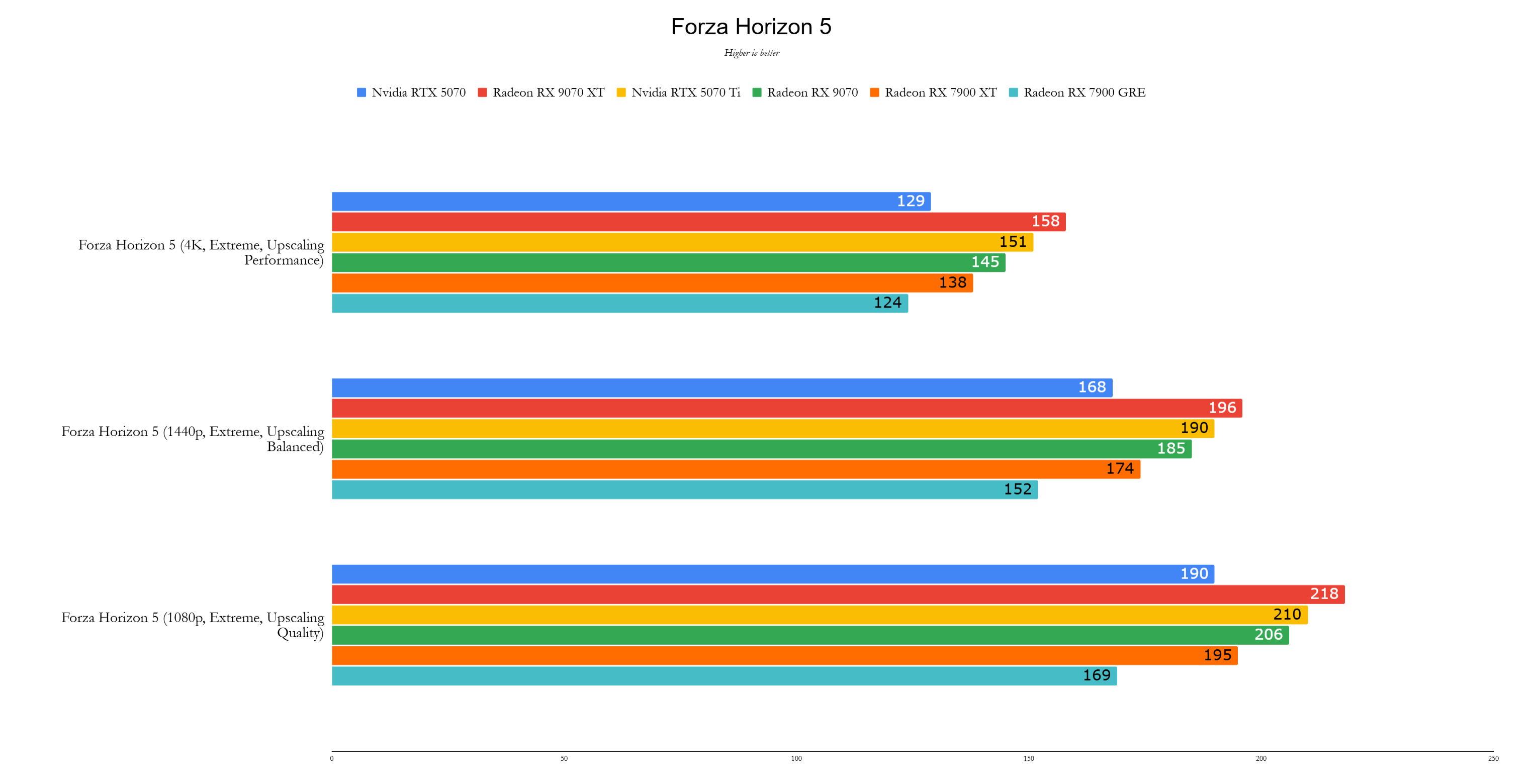
 RTX 5070 Ti vs. RX 9070 XT: Performance
RTX 5070 Ti vs. RX 9070 XT: Performance
Despite the RTX 5070 Ti's superior specs on paper, real-world performance shows that both cards excel at 4K gaming and are top contenders for 1440p gaming. During my review of the AMD Radeon RX 9070 XT, I anticipated it would lag behind the RTX 5070 Ti, especially in ray tracing-heavy games like Cyberpunk 2077. Surprisingly, the AMD card remained competitive, staying within a few frames of the more expensive Nvidia counterpart.
In certain titles, such as Total War: Warhammer 3, the RTX 5070 Ti edges out with 87fps at 4K compared to the RX 9070 XT's 76fps. Yet, the AMD Radeon RX 9070 XT averaged 2% faster overall, a notable achievement considering its 21% lower price point.
Winner: AMD Radeon RX 9070 XT
Nvidia GeForce RTX 5070 Ti – Photos

 6 Images
6 Images
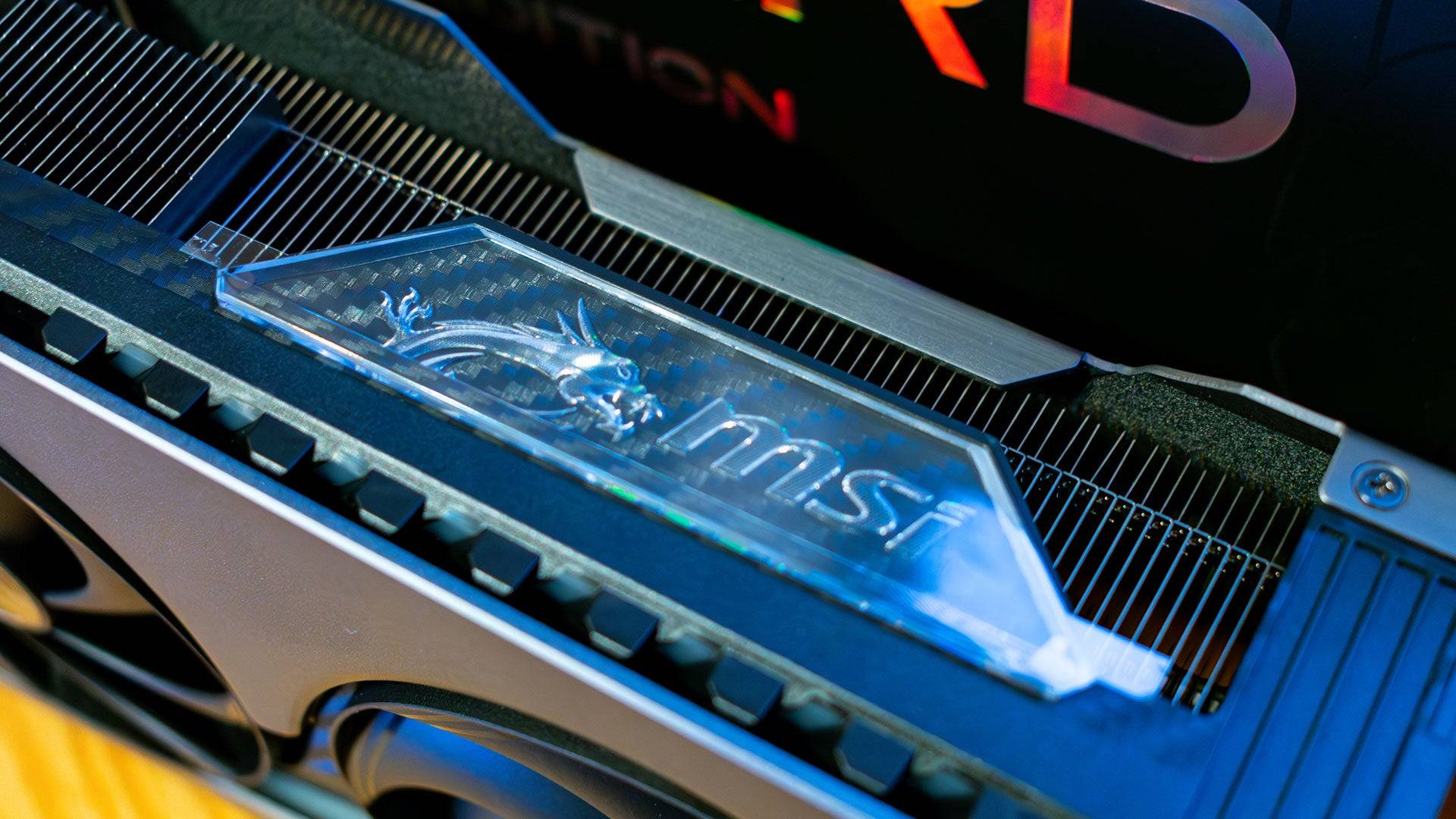

 RTX 5070 Ti vs. RX 9070 XT: Software and Features
RTX 5070 Ti vs. RX 9070 XT: Software and Features
Selecting a graphics card today involves considering more than just hardware performance. Both Nvidia and AMD provide a suite of software features that enhance their GPUs' capabilities.
Nvidia's RTX 5070 Ti benefits from the DLSS suite, including AI upscaling and Frame Generation. With the RTX 5000 series, Nvidia introduces multi-frame generation, which can create three AI-generated frames for each rendered frame, significantly boosting frame rates at the cost of slight latency, mitigated by Nvidia Reflex. This feature is best utilized when you're already achieving at least 45fps, ideally over 60fps.
AMD also supports Frame Generation but is limited to one interpolated frame per rendered frame. The major advancement with the RX 9070 XT is FSR 4, introducing AI upscaling to AMD GPUs for the first time. Unlike the previous temporal upscaling method, FSR 4 leverages the Radeon RX 9070 XT's AI accelerators for more accurate upscaling, though it may not match FSR 4's speed.
It's worth noting that AMD's AI upscaler is in its first generation, while Nvidia has been refining DLSS for seven years.
Winner: Nvidia GeForce RTX 5070 Ti
 RTX 5070 Ti vs. RX 9070 XT: Price
RTX 5070 Ti vs. RX 9070 XT: Price
GPU pricing remains a contentious issue, with new generation cards often sold out and priced well above their suggested retail. Both Nvidia and AMD set an MSRP, but retailers and third-party manufacturers can set their own prices, leading to significant fluctuations. Hopefully, as supply meets demand, prices will stabilize closer to the MSRP.
At launch, the AMD Radeon RX 9070 XT is a standout value at $599, delivering excellent 4K performance, especially with FSR 4's AI upscaling. This pricing reflects a return to more reasonable flagship GPU costs, a trend that began shifting with Nvidia's RTX 2080 Ti.
Conversely, the Nvidia RTX 5070 Ti, despite its similar performance to the RX 9070 XT, starts at a steeper $749, a $150 increase. Nvidia's additional features, such as Multi-Frame Generation, may justify the cost for some, but it largely depends on individual gaming needs and preferences.
Winner: AMD Radeon RX 9070 XT
The Winner Is… the AMD Radeon RX 9070 XT
Both the AMD Radeon RX 9070 XT and Nvidia GeForce RTX 5070 Ti excel at 1440p gaming and are capable of stretching into 4K. However, the AMD Radeon RX 9070 XT offers a compelling value proposition, delivering comparable performance at a significantly lower price. As prices normalize, the AMD card emerges as the clear winner.
For those looking to build a high-end gaming PC for 1440p or 4K gaming, the AMD Radeon RX 9070 XT is an exceptional choice. While it lacks multi-frame generation, this feature is less critical for most gamers who don't own high-refresh 4K monitors.



















